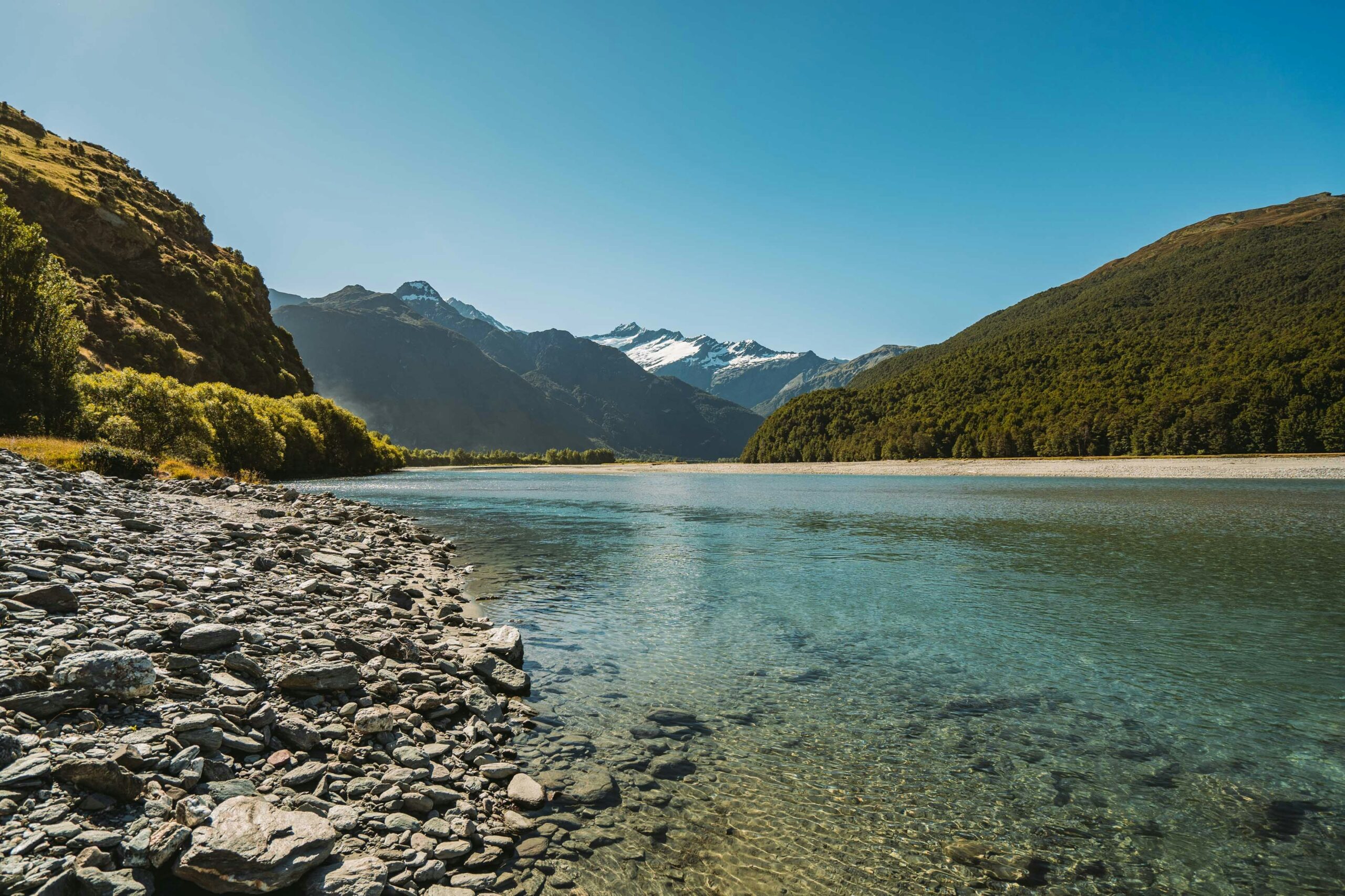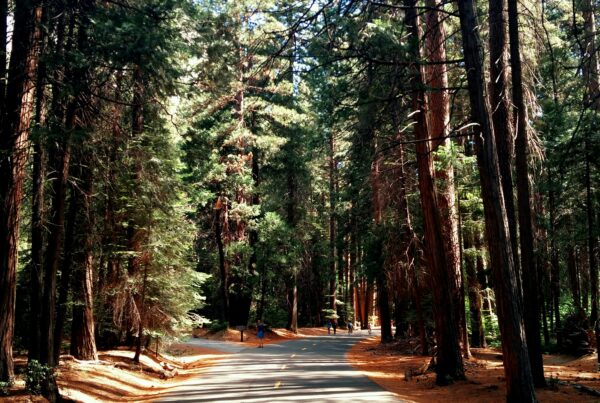Mt Aspiring National Park blends glaciers, river valleys, and beech forests into one of New Zealand’s most striking landscapes. Trails range from gentle valley walks to alpine climbs, and every bend reveals a new view. With a campervan you can base close to trailheads, rest easy after long hikes, and keep flexible for weather shifts.
Think of your van as a moving hut. You can rise with first light, return to hot tea, and stay close to the mountains without rushing back to town.
Park at a glance
The park covers nearly 3,500 km² and links to Fiordland and Westland National Parks. Popular access points are via Wānaka, Makarora, and Glenorchy. Rivers like the Matukituki and Rees-Dart valleys give entry to classic tramping tracks, while short walks offer quick views for day visitors.
Why a campervan works here
- Stay overnight near track starts for early hikes
- Cook and rest at your own pace after long trail days
- Carry layers and gear without constant packing
- Adjust plans easily with shifting alpine weather
When to visit
Summer offers the widest track access and long daylight hours. Autumn brings cooler air and golden valleys. Winter means snow on passes and fewer track options, but crisp valley walks. Spring is green, with river crossings higher from meltwater. Always check DOC track updates before heading in.
Where to base yourself
Campgrounds and DOC sites around the Matukituki Valley, Makarora, and Glenorchy give easy trail access. Self-contained vans can use some designated freedom sites, but always follow local rules. Wānaka and Queenstown work as town bases with supplies and fuel before you head deeper in.
Easy adventure ideas
- Walk to Rob Roy Glacier for a half-day valley and ice view
- Explore the Blue Pools near Makarora for clear water and swing bridges
- Day walk up the Matukituki Valley for mountain views without a heavy pack
- Short nature tracks near Glenorchy for lake and beech forest mix
Sort your wheels first
Compare vans with good heating, storage for gear, and strong fridges. Compact rigs fit narrow access roads, while bigger vans give comfort for long stays in valley camps.
Track etiquette
Stick to marked tracks, pack out waste, and respect DOC hut rules. River crossings change daily — turn back if unsafe.
Packing and prep
- Strong boots, gaiters, and walking poles for river crossings
- Warm and waterproof layers — alpine weather shifts fast
- Maps, offline GPS, and personal locator beacon if tramping
- Plenty of food and water storage for remote sites
- Bin bags and cleaning kit to keep your van tidy
Driving and parking tips
- Gravel access roads can be narrow with fords — drive slow
- Always park in signed DOC areas and avoid soft ground
- Plan fuel and supplies before heading to remote valleys
- Carry cash for DOC campsite fees where needed
Good park habits
- Leave no trace: pack everything out
- Respect wildlife and avoid feeding birds
- Keep noise low in valleys and huts
- Follow weather updates and be prepared to turn back
Search Campervans - Live Availability
Make Mt Aspiring simple
With a campervan you can stay close to trailheads, rest after big days, and move with the weather. It keeps the alpine park accessible without rushing back to town.
Event Campers pulls live availability from trusted rental brands so you can compare layouts and prices in one place. Choose the van that suits, book it, and focus on the track ahead.



